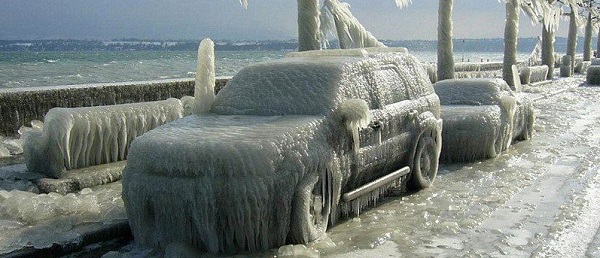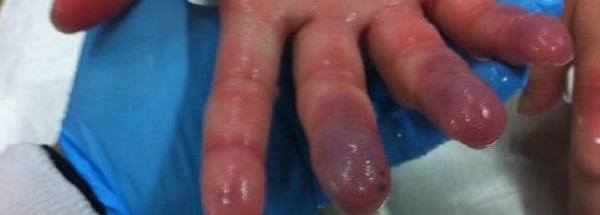DISASTERS
Prepare
Things might get a little frosty

Always prepare your home first and foremost.
Insulation, caulking, weather stripping, make sure the drafts are fixed so cold air stays out.
Make sure you have battery backup smoke alarms and carbon monoxide detectors. Test them frequently.
Keep emergency supplies on hand at home. Food, water, radio, flashlight, batteries, candles, blankets, warm layers of clothing.
Keep an emergency kit in your vehicle as well. Water, non-perishable food, blankets, warm clothing, flashlight, jumper cable, and sand if your area is prone to bad winter storms.
Make sure you keep your vehicles gas tank full.
Learn basic first aid when it comes to recognizing and treating frostbite and hypothermia.
Survive
How urgent is it for you to go outside
Stay off the roads.
If you are trapped in your vehicle, stay in your vehicle.
Only go outside for a very limited amount of time.
Dress in layers - stay warm.
Do NOT overexert yourself, you could suffer a heart attack.
Never heat your home with a gas stovetop or oven. Never!
Watch for frostbite and hypothermia signs.
Recover
What you need to know about the cold & your body

Frostbite
Frostbite causes loss of feeling and color around your face, fingers, and your toes.
Signs to watch for include numbness, white or grayish-yellow skin, firm or waxy skin.
Immediately go to a warm room and soak your effected body part in warm water. Use body heat to warm. DO NOT MASSAGE OR USE A HEATING PAD.
Hypothermia
Hypothermia is an unusually LOW body temperature. Below 95 degrees is considered an emergency.
Signs to watch for include shivering, exhaustion, confustion, fumbling hands, memory loss, slurred speech, and drowsiness.
Immediately go to a warm room. Warm the center of the body first. Start with your chest, neck, head, and then your groin.
Make sure you keep dry and bundled up in warm clothing and blankets. Cover your head and neck as well.







